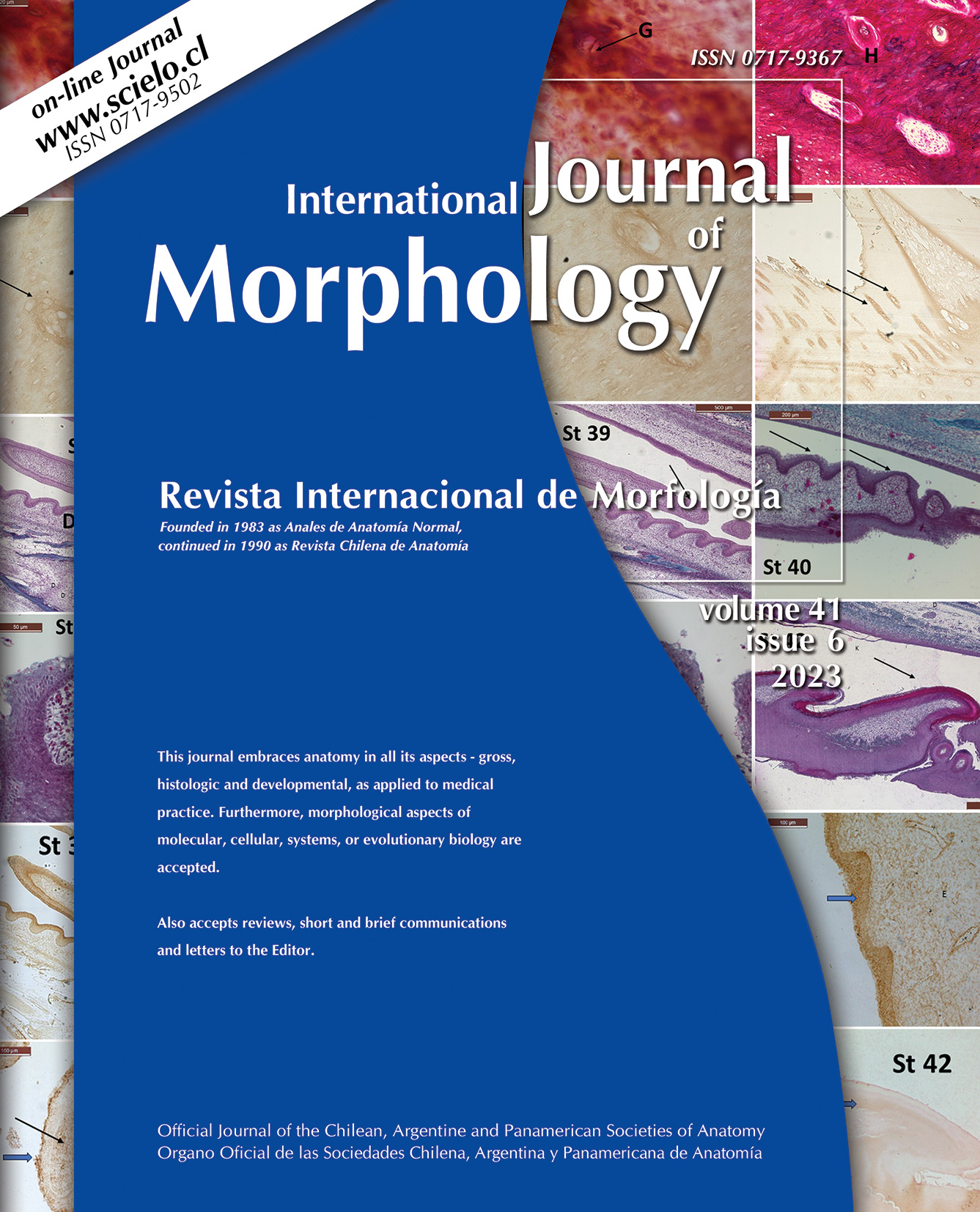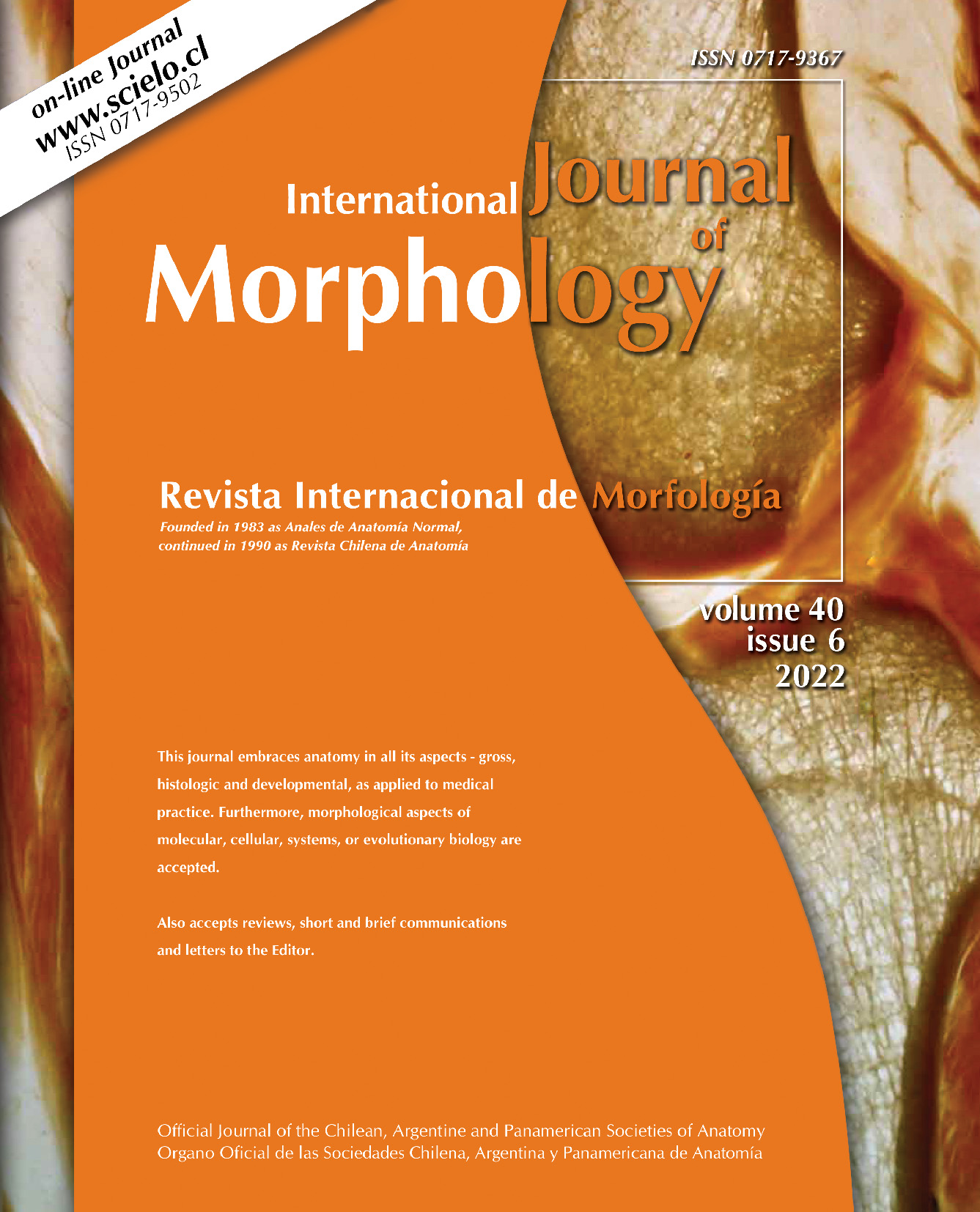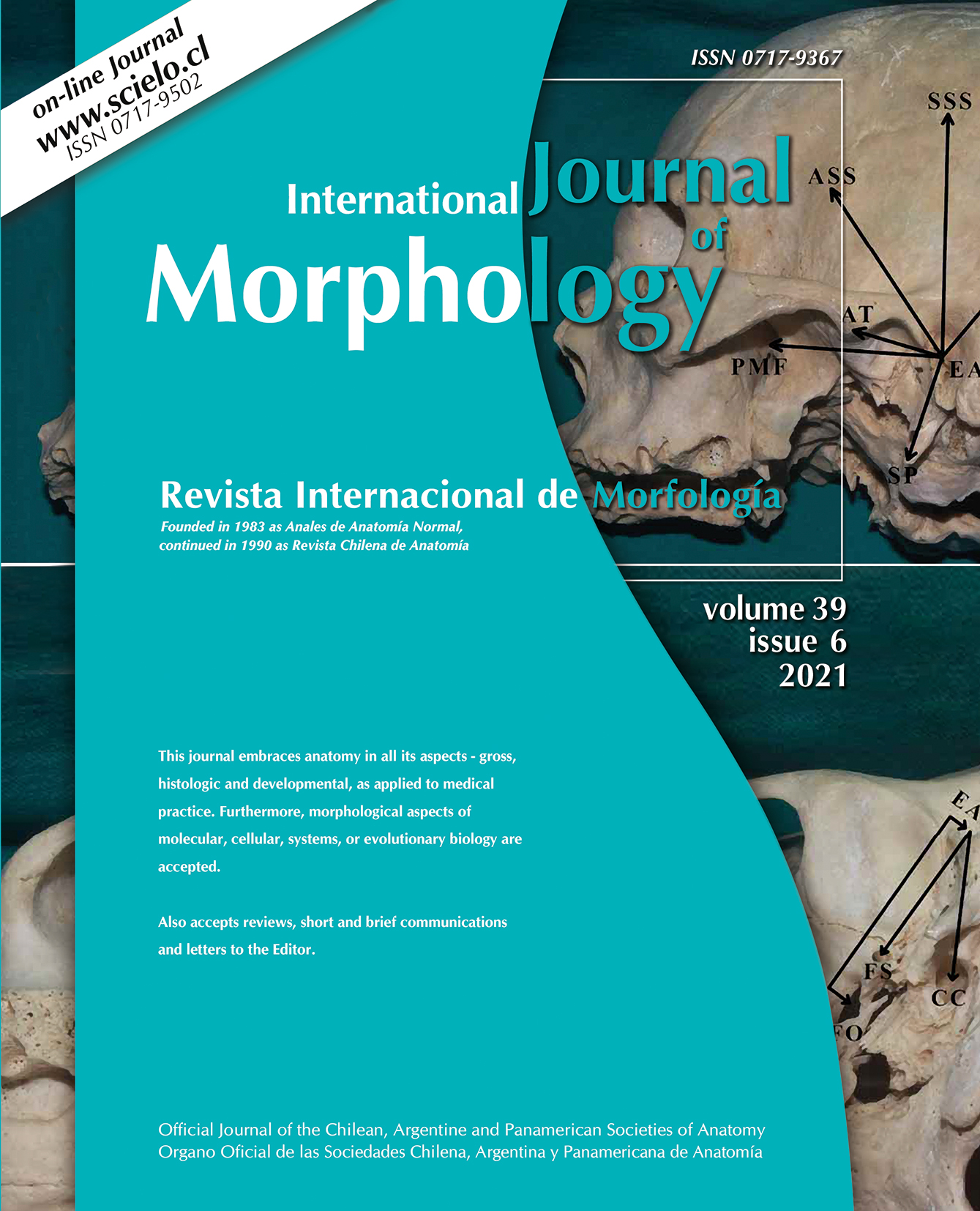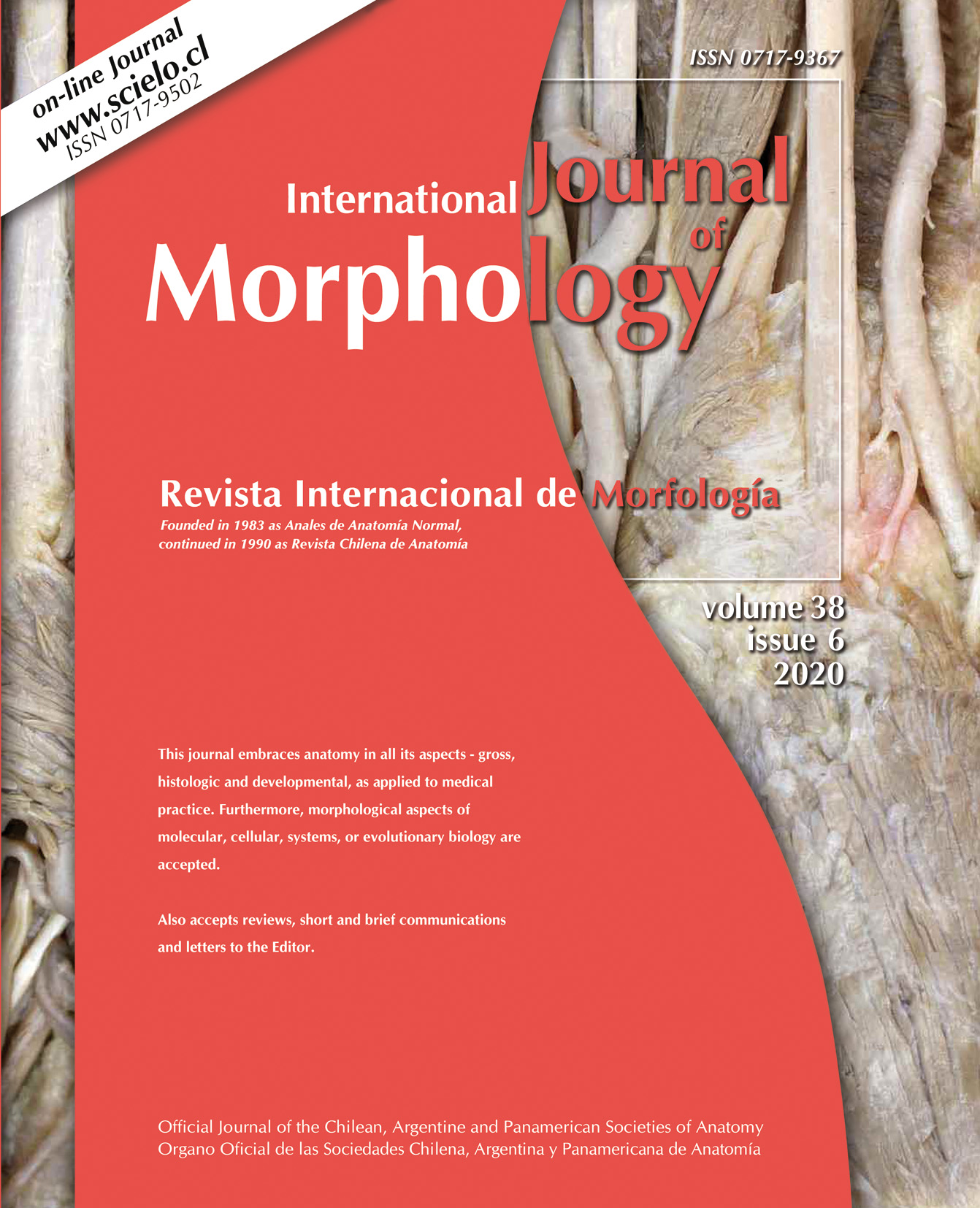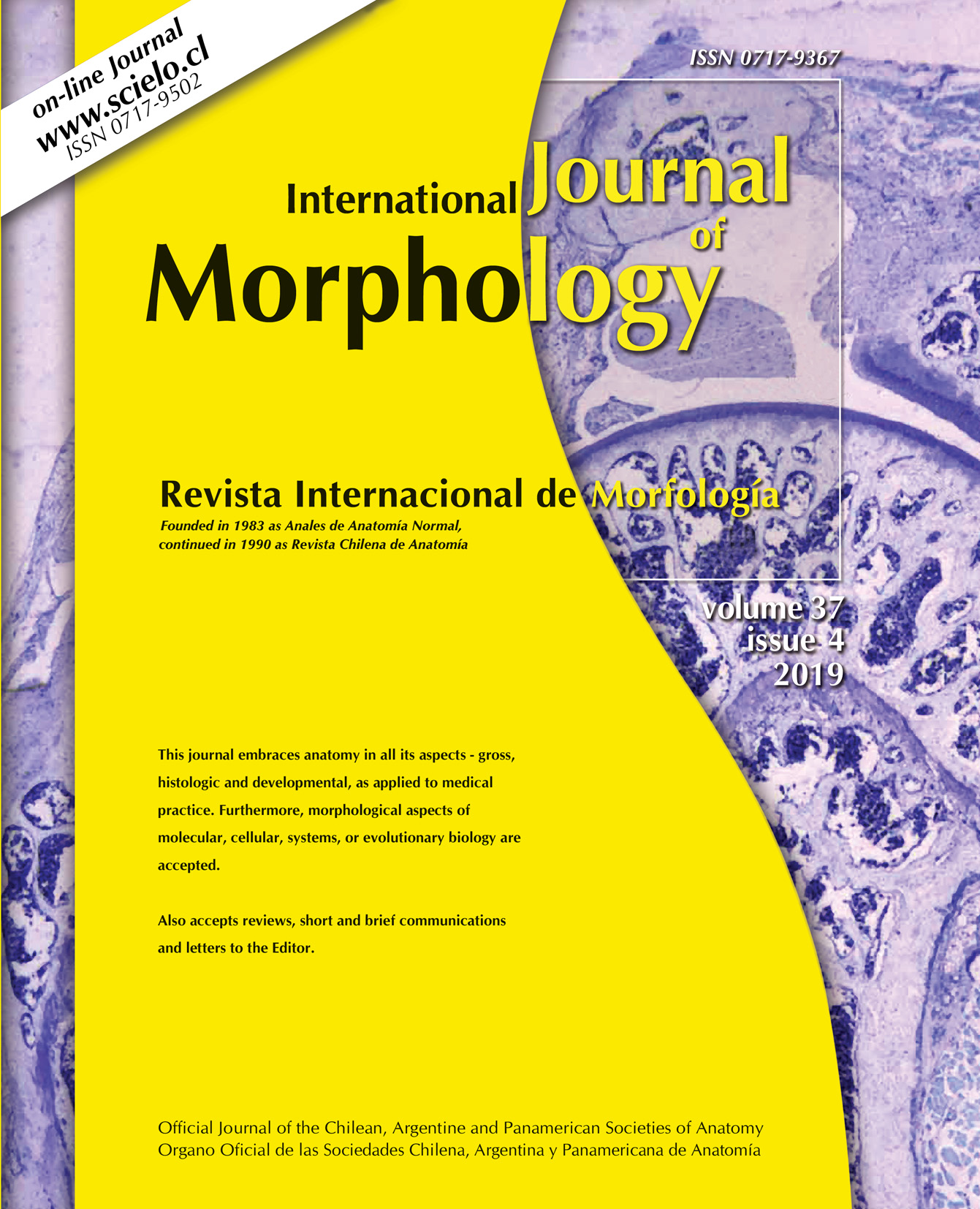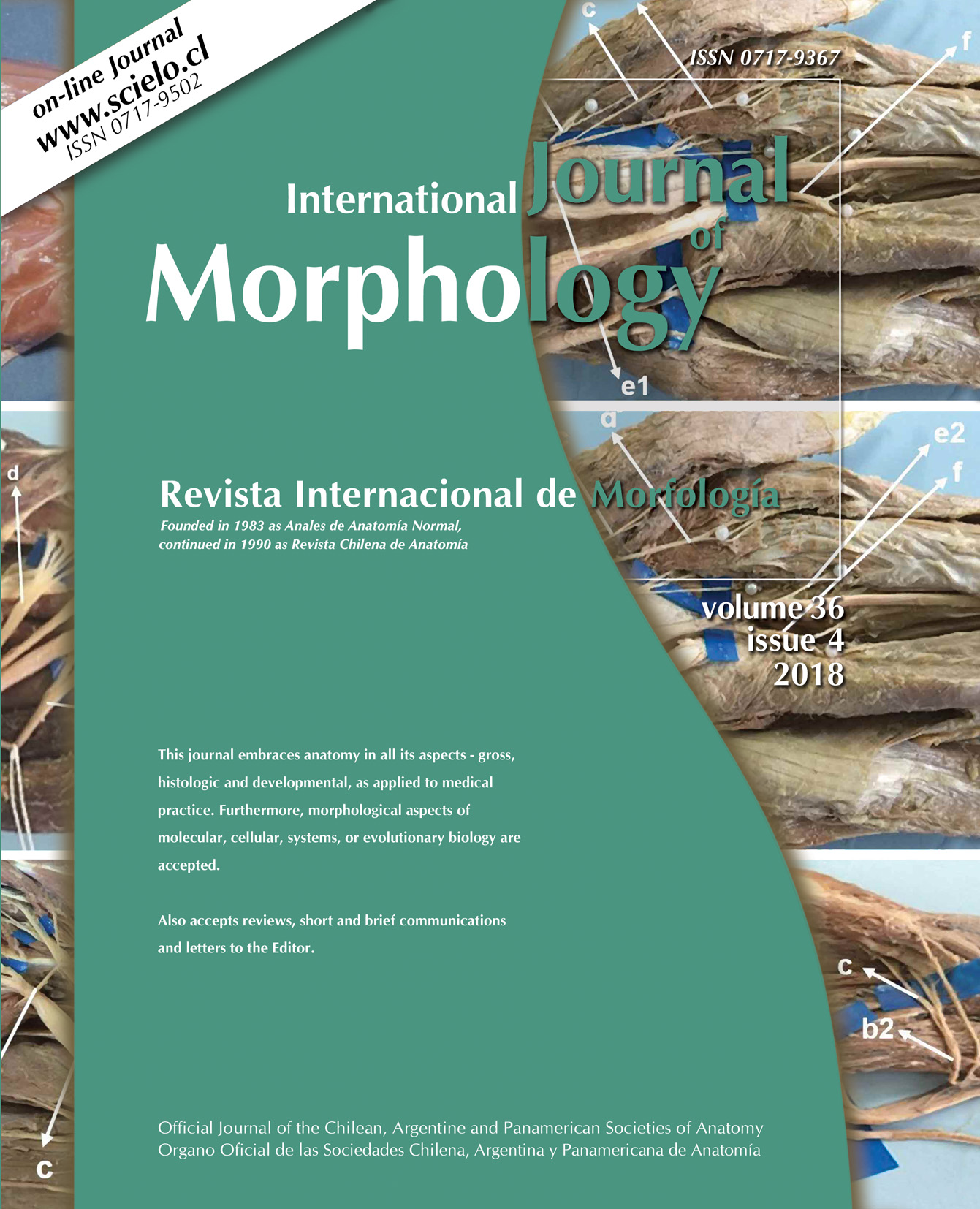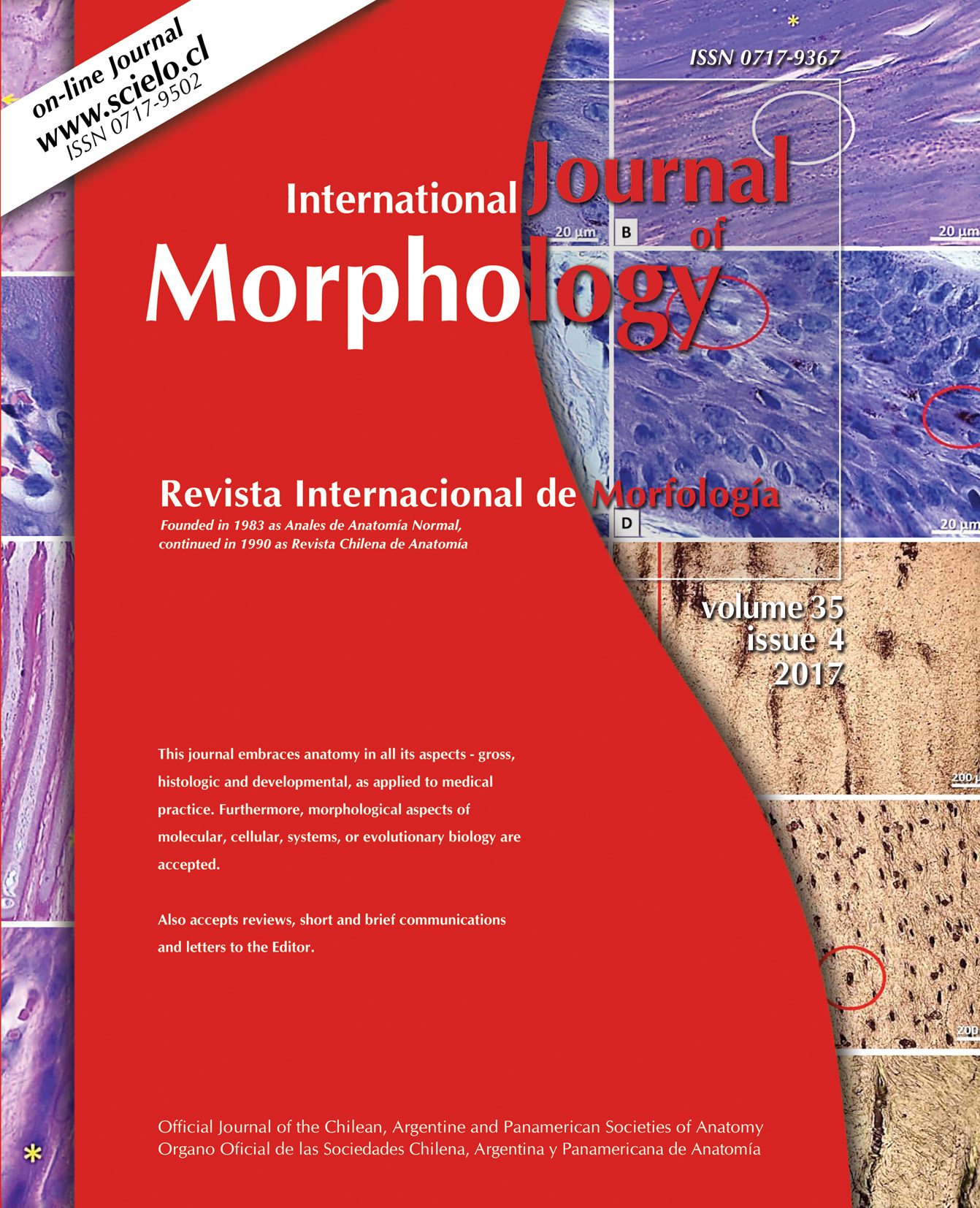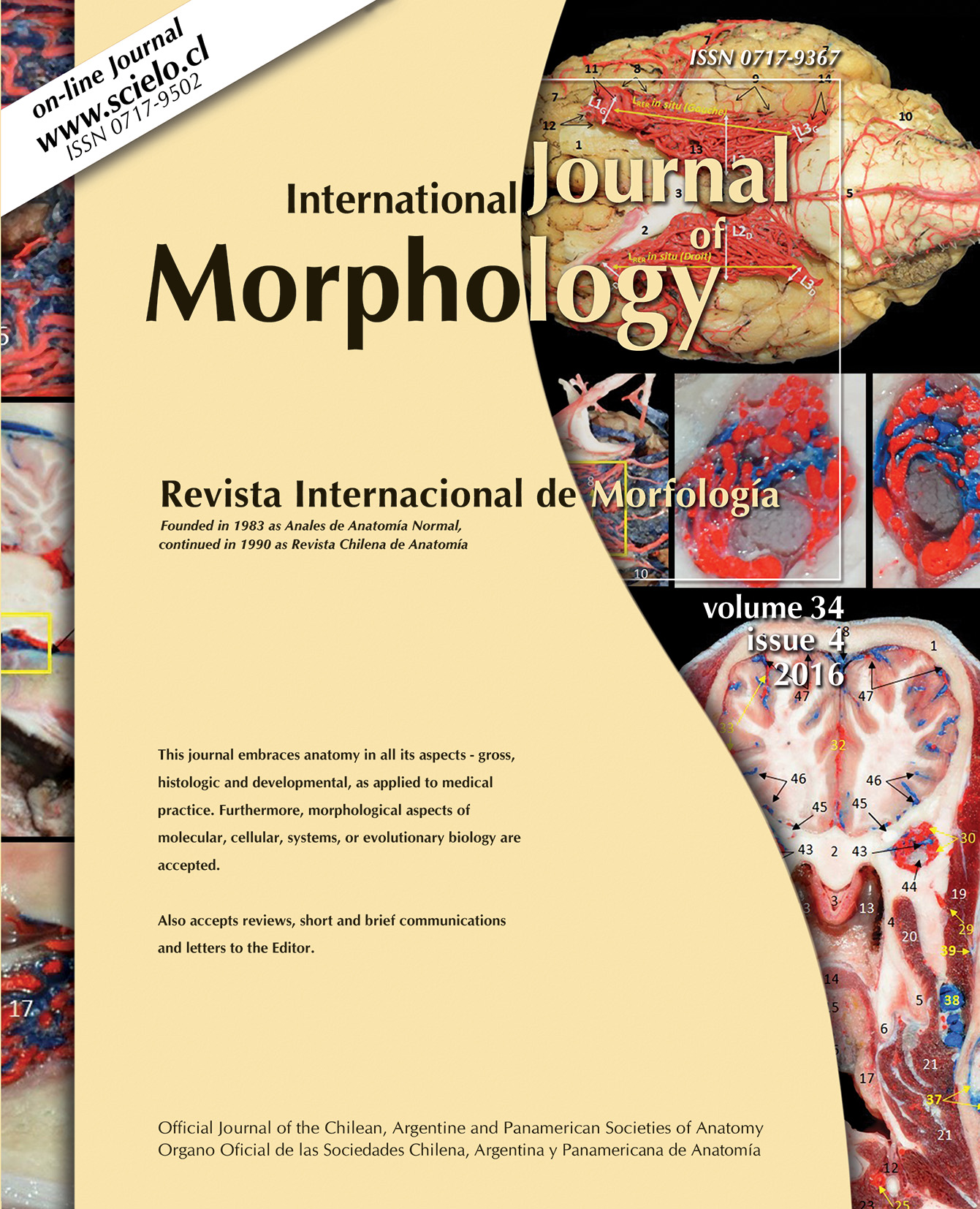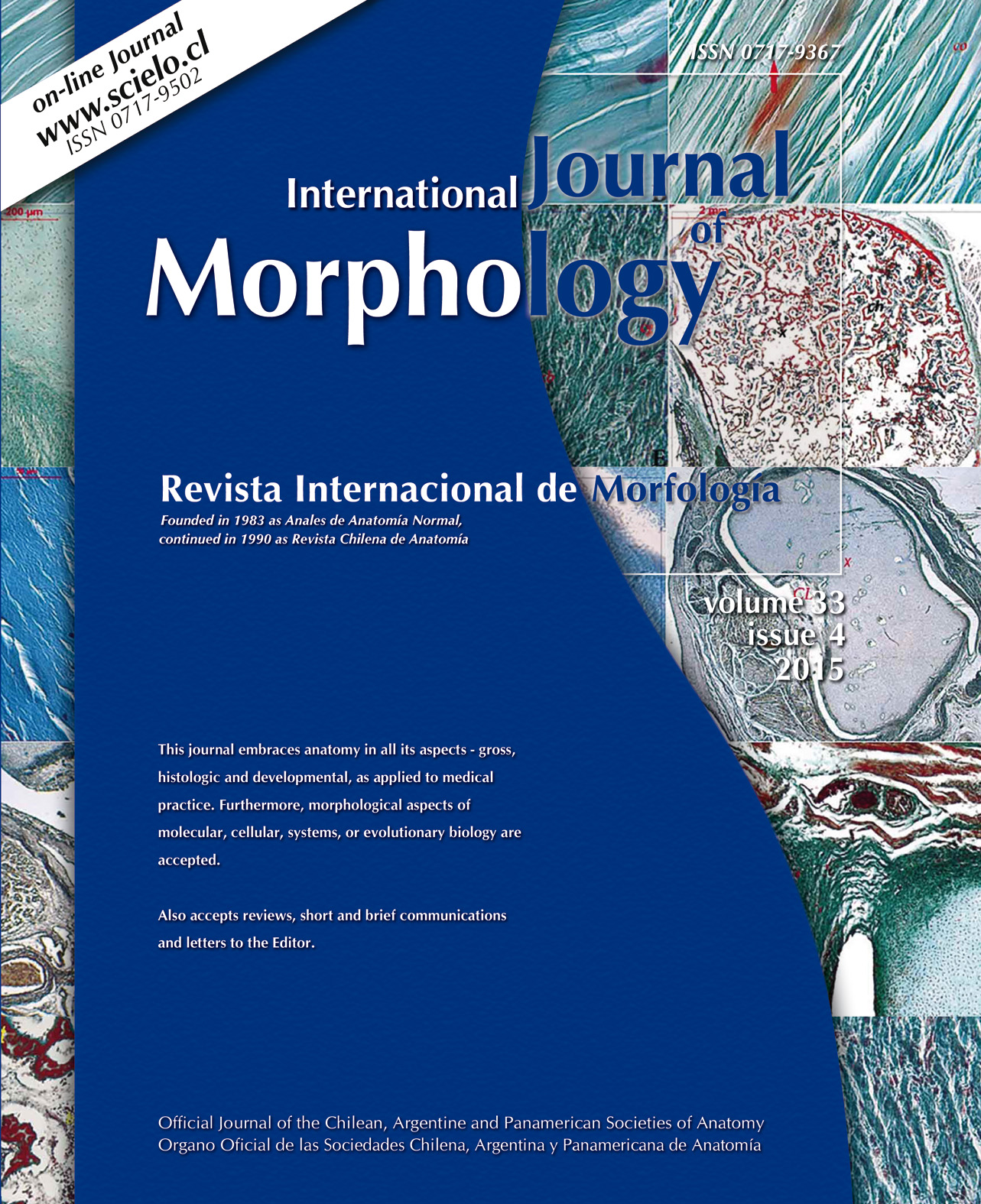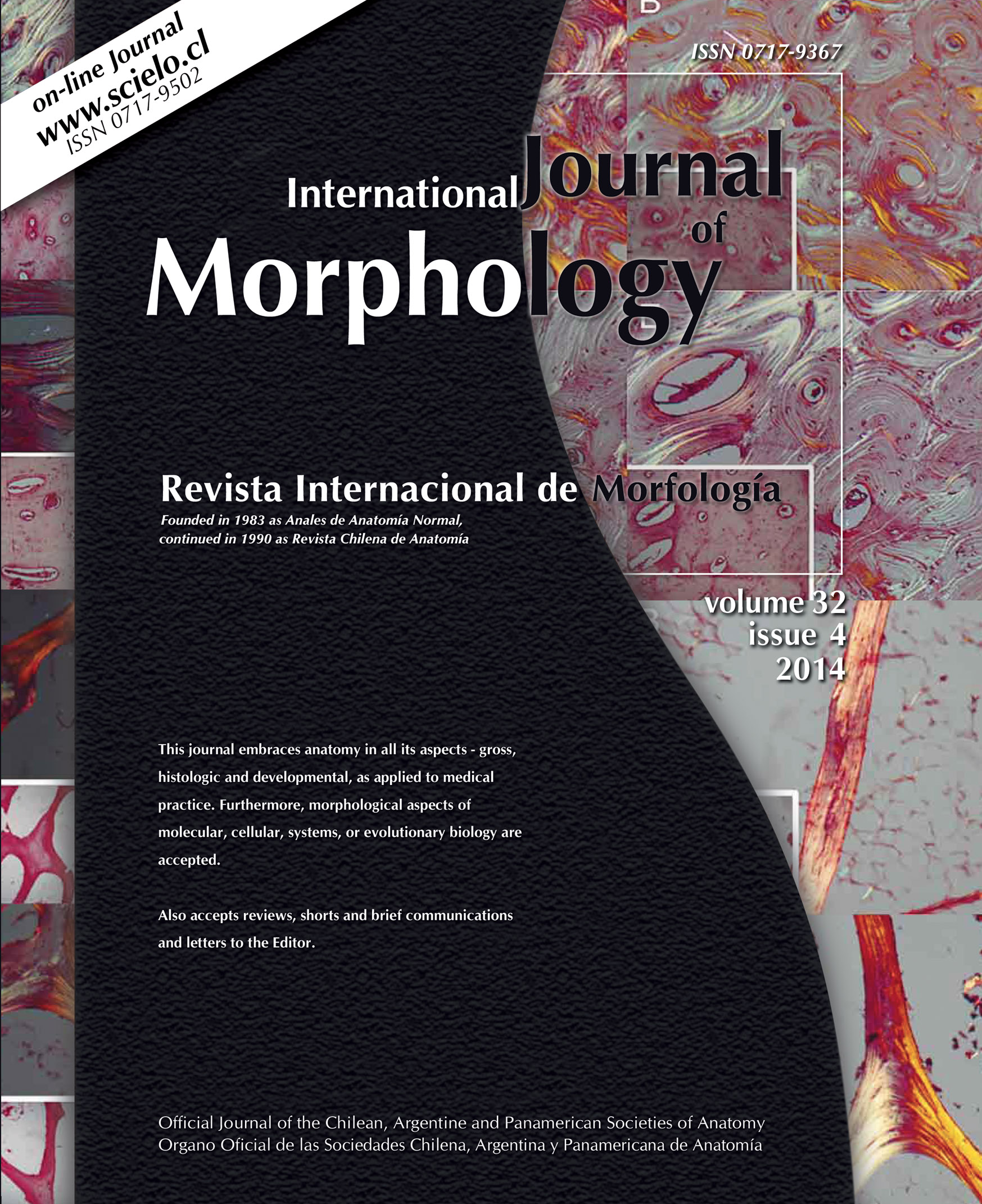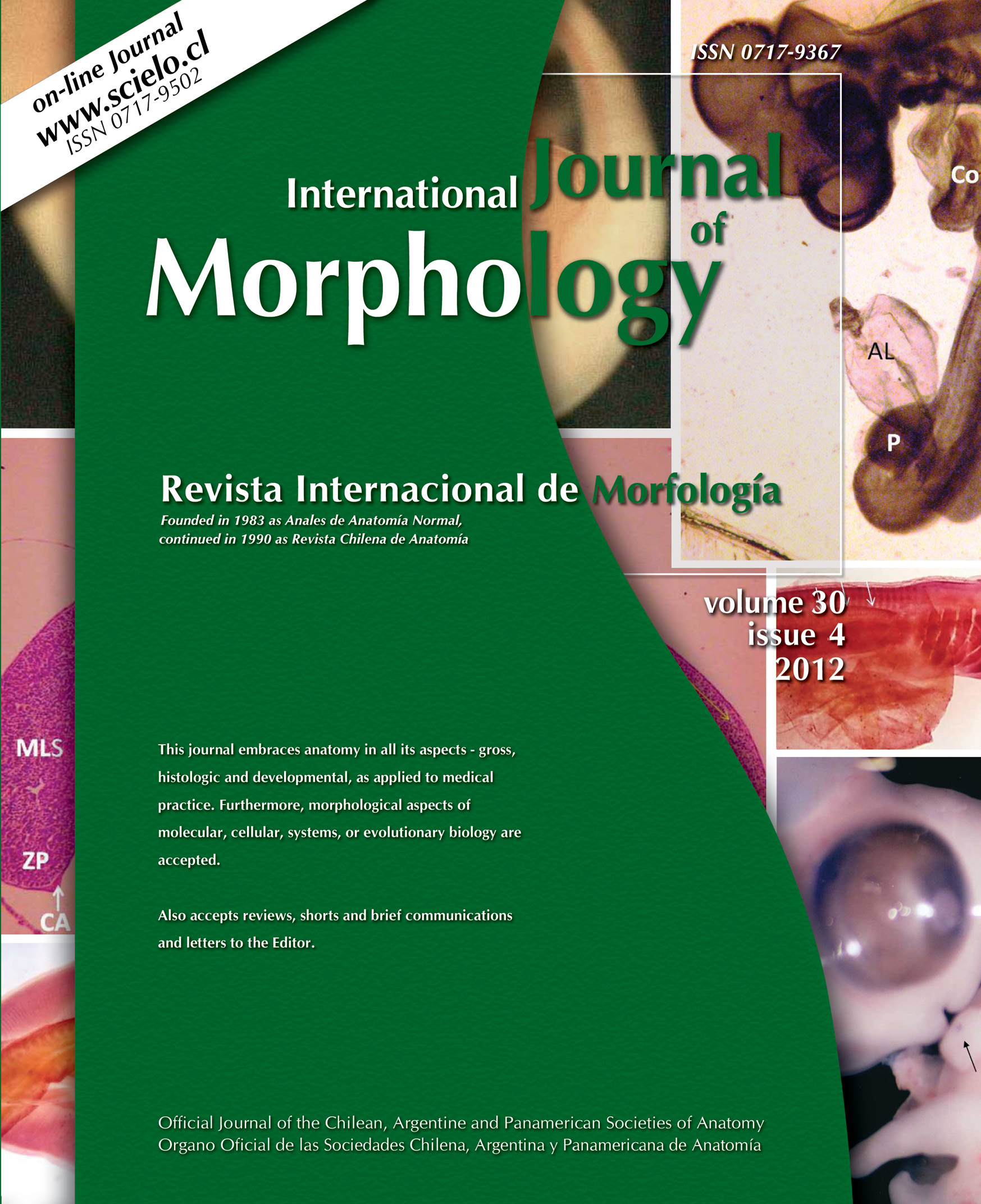Comparison of the Electromyographic Activity of Different Zones of the Abductor digiti minimi manus Muscle in Search of a Functional Compartmentalisation
DOI :
Rodrigo Guzmán-Venegas; Mikel Izquierdo; Eduardo L. Cadore & Juan Carlos López
Summary
There is evidence demonstrating the presence of functional compartmentalisation (FC) in some skeletal muscles. This means that the motor units (MU), grouped in certain areas of the muscle, show different levels of activation in comparison to those located in other zones. This has only been described in large muscles whose morphology proves the existence of a FC. However, there is no background information about small muscles, such as the Abductor digiti minimi manus (ADM). The objective of this study was to compare the activation of the MU in different zones of the ADM to support the hypothesis of the existence of a FC in the ADM. By using a cross- sectional, analytical, observational study, the activity of the MUs in the ADM was assessed in 12 volunteers (age 21 ± 1.6 years old; weight 75.3 ± 8 kg; height 176.2 ± 7.3 cm; average ± standard deviation). The activity of MUs was evaluated using high-density surface electromyography (HD-sEMG) with an array of 64 electrodes arranged two-dimensionally. This allowed us to record the activity of the MUs in three zones of the ADM (Z1: dorsal zone; Z2: dorsal-palmar zone and Z3: palmar zone). Electromyographic recordings were obtained during voluntary isometric contractions of the ADM at 20, 40, 60 and 80 % of the maximum voluntary contraction (MVC). The comparison of the activation levels of MUs between the three zones was carried out using a mixed model analysis of covariance. The results showed a significant difference between the dorsal and palmar zones at 40 % of the MVC (p= 0.03), and between the dorsal and dorsal- palmar zone at 80 % of the MVC (p= 0.03). The results obtained in the evaluated sample support the hypothesis of the existence of FC in the ADM. However, further research is needed to determine with greater certainty the presence of this compartmentalisation in the ADM.
KEY WORDS: functional compartmentalisation, neuromuscular compartmentalisation; Abductor digiti minimi manus, high- density surface electromyography.
How to cite this article
GUZMÁN-VENEGAS, R.; IZQUIERDO, M.; CADORE, E. L. & LÓPEZ, J. C. Comparison of the electromyographic activity of different zones of the Abductor digiti minimi manus muscle in search of a functional compartmentalisation. Int. J. Morphol., 39(2):441-446, 2021.












